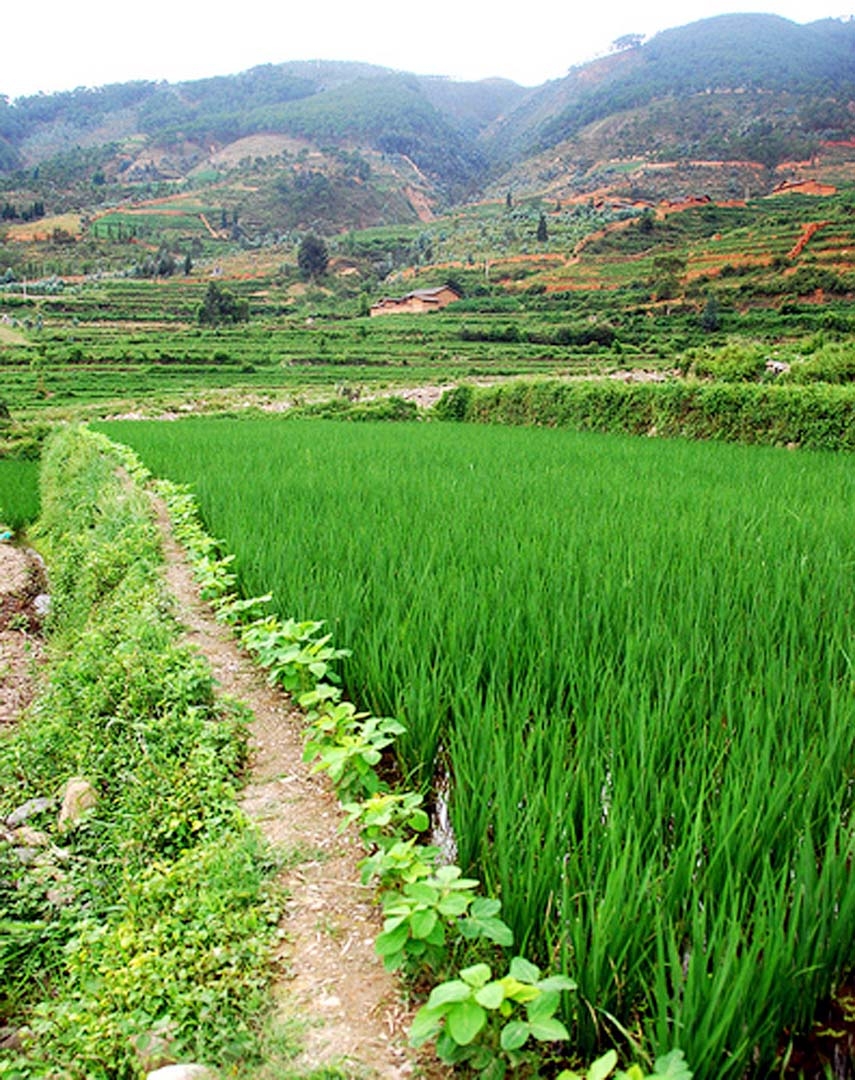
Life Desk :
A method of measuring how much light a plant can tolerate could be useful in growing crops resilient to changing climate has been found in a new research.
According to scientists from the Queen Mary University of London, plants grown without the ability to respond quickly to high-light intensity, had a reduced capacity to protect themselves from damage.
“This is the first time we have been able to quantify a plant’s ability to protect itself against high-light intensity,” said Alexander Ruban, head of the cell and molecular biology division at the Queen Mary’s school of biological and chemical science. Changing climate would lead to fluctuations in temperature, humidity, drought and light. Knowing the limits of how much sunlight a crop can happily tolerate could be valuable information for farmers or people who breed new plants, Ruban said. The scientists demonstrated a novel method that enables them to relate the photoprotective capacity of a plant to the intensity of environmental light by measuring the fluorescence of the pigment chlorophyll, which is responsible for absorbing sunlight.
“The plants we used to measure the light varied in their capacity to protect themselves against high levels of intensity. We exposed them to gradually increasing levels of light and recorded the responses,” said co-author Erica Belgio from the Queen Mary’s school of biological and chemical science. The photosynthetic apparatus in the plants is like the retina in human eyes – it is sensitive to how much light can be soaked up, said the study publishing in the journal Philosophical Transactions of the Royal Society B.

